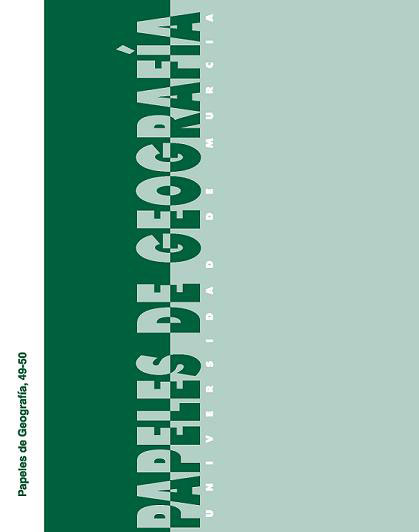Acciones de lucha contra la desertificación en ambientes semiáridos en el noroeste de Tamaulipas, México
Abstract
In the basin of Burgos, Tamaulipas (Mexico) actions to combat desertifi cation were done to help conserve soil and water. The work was conducted in two phases 2005-2007 and 2008-2009 in areas with erosion problems due to vegetation loss and deforestation caused by agriculture and industrial activities. The objective was to stabilize the ecosystem to conserve and manage natural resources, increase agricultural production, improve family status and raise the living standards of rural population. Areas and work plots were identifi ed and located. The following actions were performed and evaluated in order to obtain sustainability indicators: (1) 111.8 km of hedgerows, (2) 53.5 hectares with food plots, (3) 825 hectares with introduction of Forage, (4) 20 hectares of ponds and troughs, (5) 3,579 hectares of subsoiling (6) 10 hectares with silvopatoriles systems with Prosopis glandulosa, and grass, and (7) 5 training courses for farmers. All these actions undoubtedly have been very benefi cial, although more information is needed for farmers.Downloads
-
Abstract673
-
PDF (Español (España))417
The manuscripts published in Papeles de Geografía are subject to the following terms and conditions:
1. The publishing house of the University of Murcia (Servicio de Publicaciones de la Universidad de Murcia) keeps the copyright of the published manuscripts favouring and allowing the use and distribution of such works under the licence in 2 below.
© Servicio de Publicaciones, Universidad de Murcia, 2011
2. Manuscripts are published electronically under an Attribution Non-Commercial No Derivatives 3.0 Unported Creative Commons Licence Spain (Legal text). Readers are free to copy, use, share and redistribute the material in any medium or format as long as (i) appropriate credit is given to authors and original source (journal, publishing house and URL); (ii) the material is not used for commercial purposes and (iii) this licence and restrictions are stated.
3. Self-archive. Authors are allowed and encouraged to distribute pre-print versions (prior to evaluation) and/or post-print versions (after evaluation and accepted for publication) of their manuscripts. This favours the dissemination and early distribution of scientific knowledge and citing.





